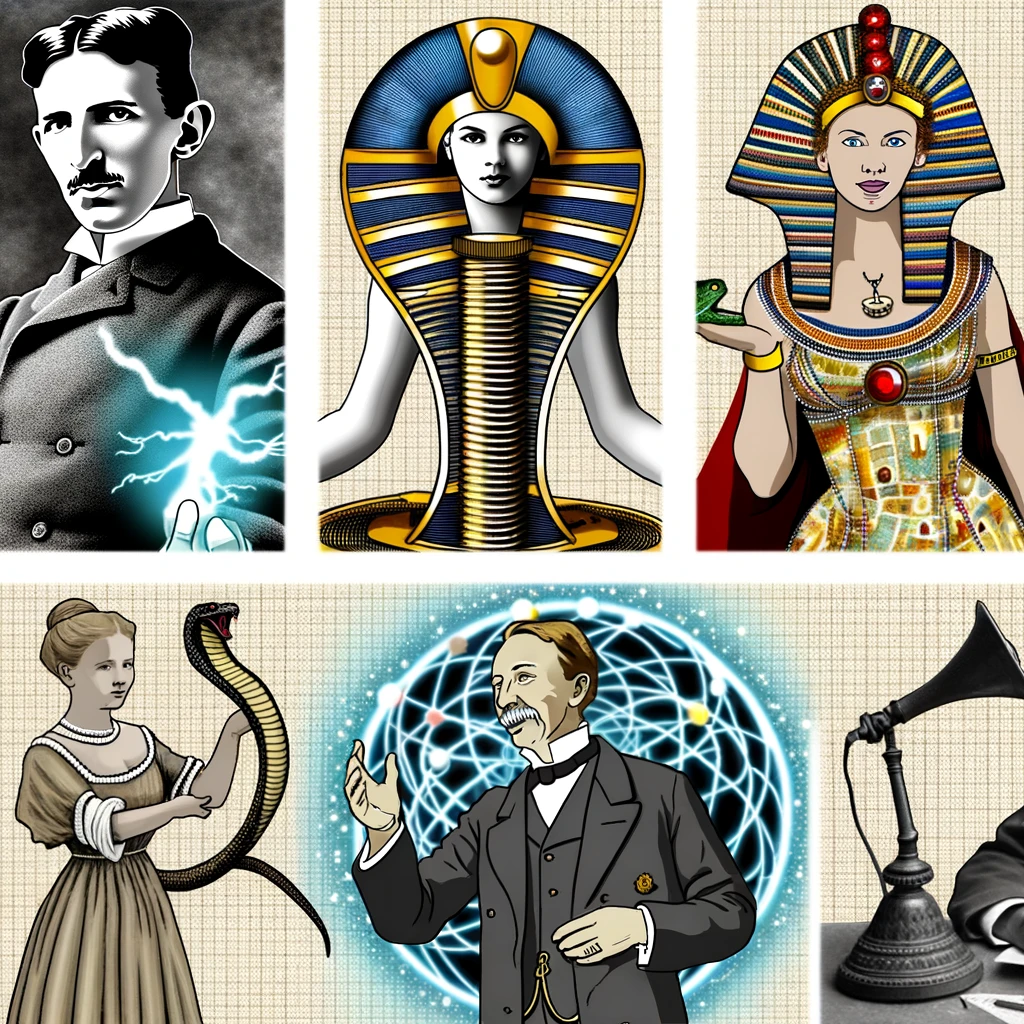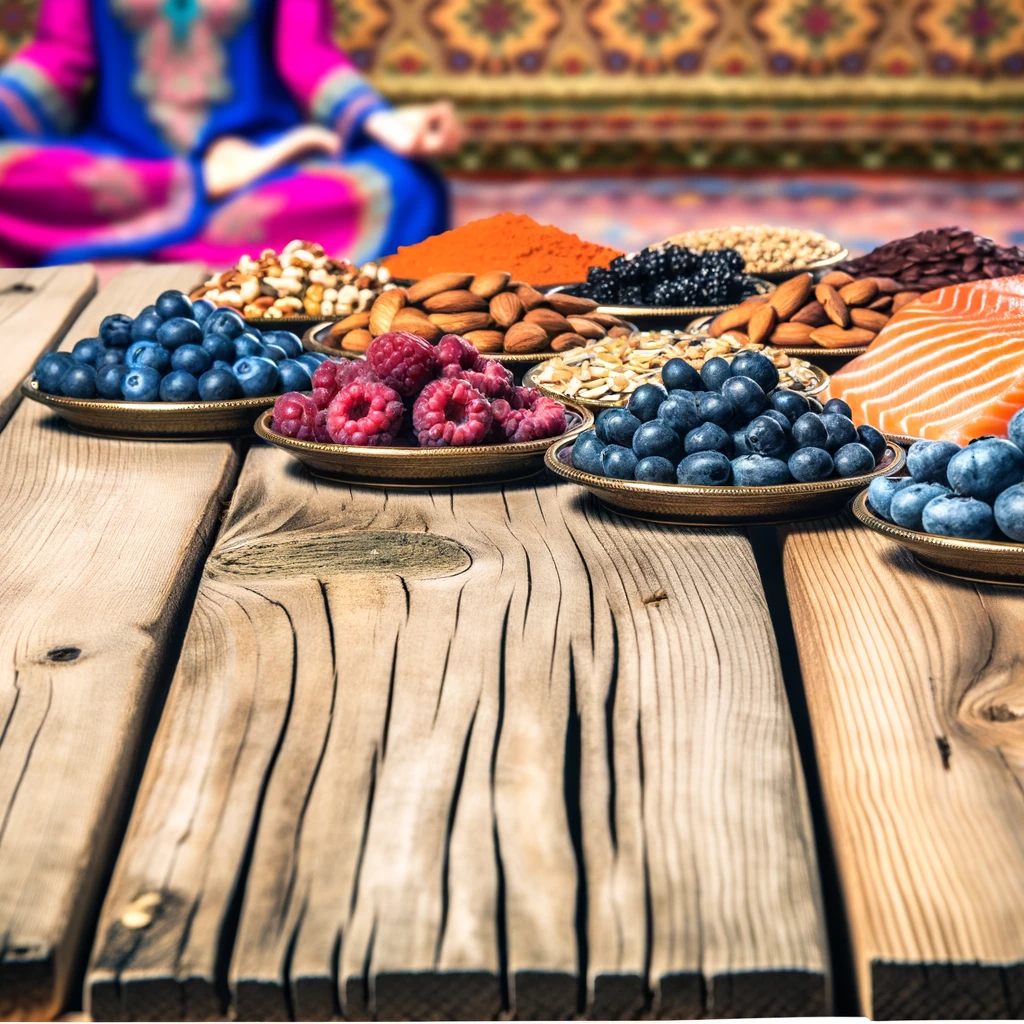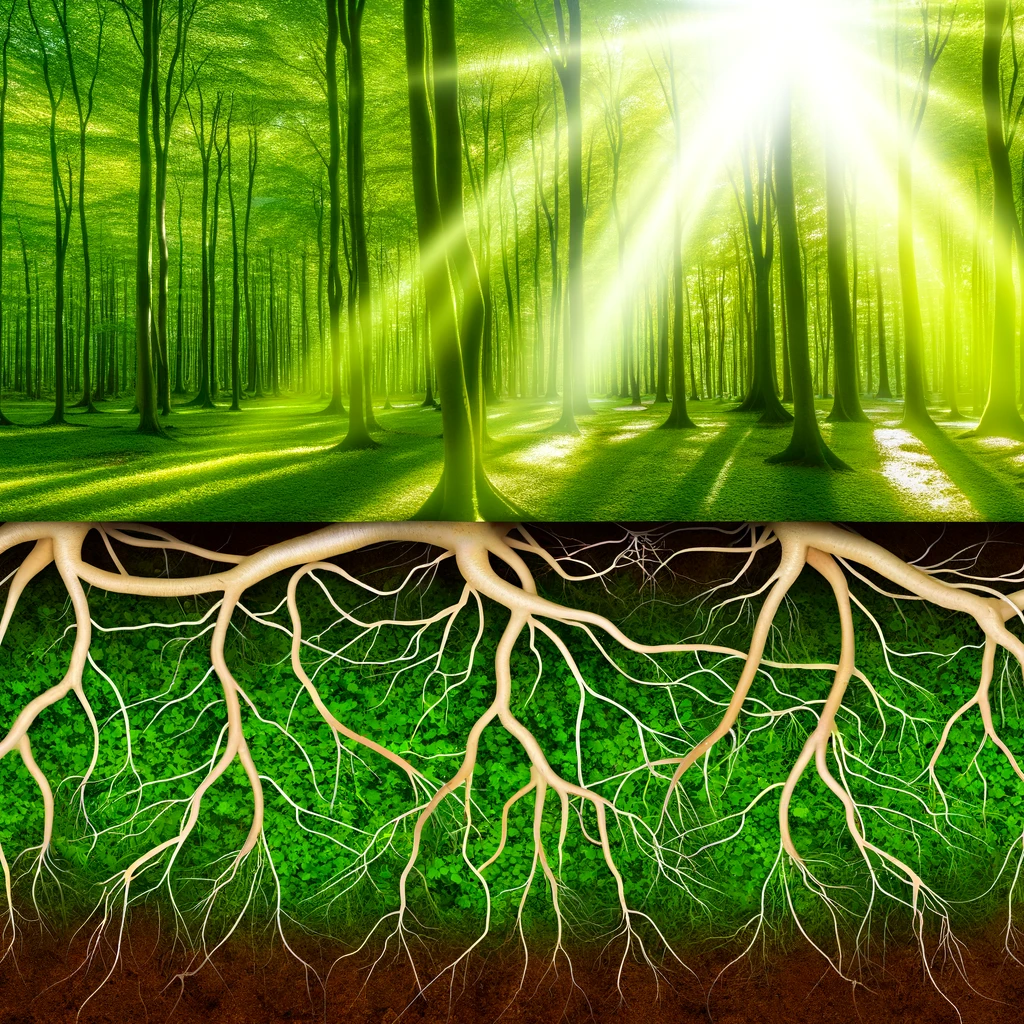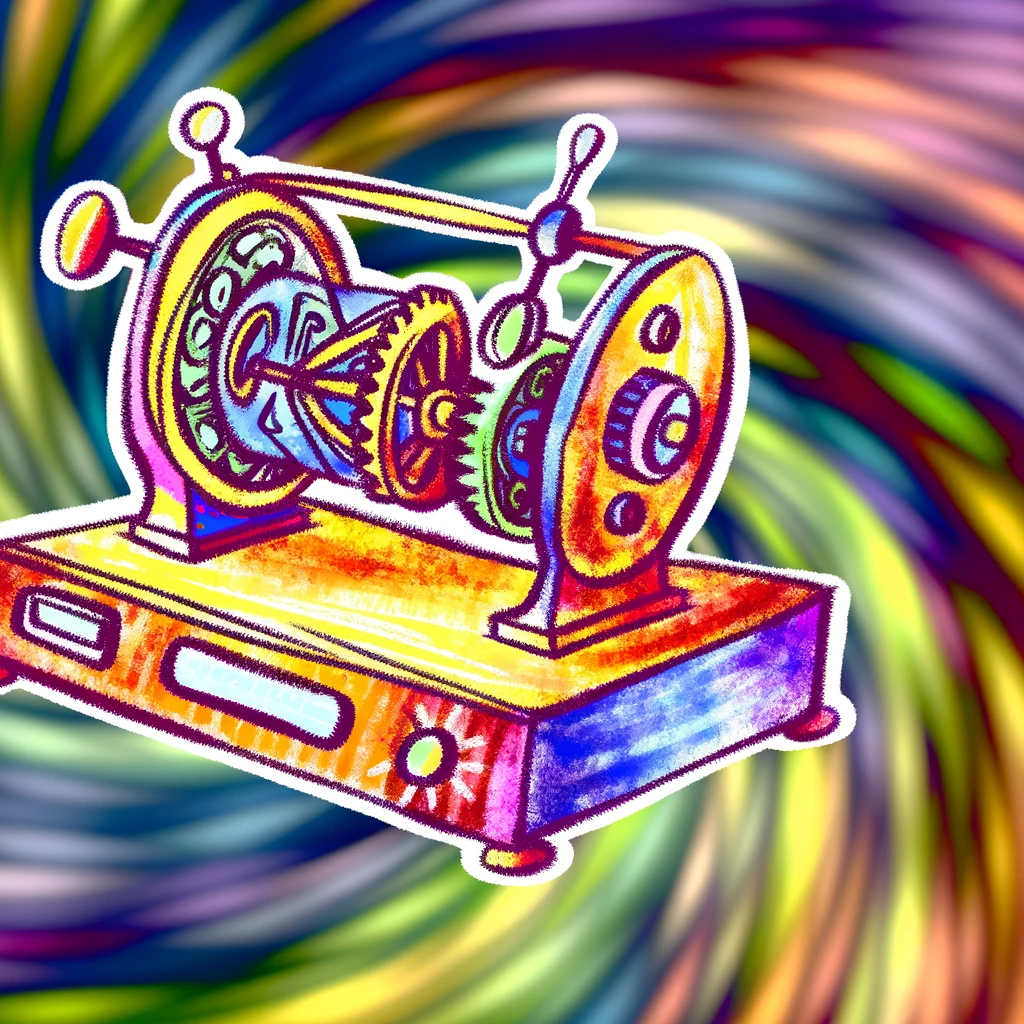
The Psychology of Color: How Hues Affect Your Mood and Behavior
Have you ever found yourself feeling inexplicably calm in a soft blue room, or perhaps surprisingly energized after donning a red shirt? It turns out, it's not a coincidence. Color psychology is a fascinating field that explores how different hues can influence our emotions and behaviors.
Why Color Matters
Colors aren't just for aesthetics; they can have a profound impact on our mental state. From the branding of businesses to the design of your favorite restaurant, color is strategically used to evoke specific feelings. But why do these colors affect us in such profound ways?
The Science Behind Color Perception
Our brains associate colors with certain emotions due to cultural, psychological, and biological factors. For instance, red is often linked with excitement and urgency, while blue is associated with calmness and trust. This connection between color and emotion can be traced back to evolutionary psychology and the survival instincts of our ancestors.
The Color Spectrum and Its Effects
Red: The Color of Passion
Red is a powerful color that can trigger strong emotions. It's often associated with love, passion, and even danger. Marketers use red to grab attention, and it's no surprise that it's a popular color for 'Sale' signs and clearance events.
Blue: The Calming Hue
Blue is known for its soothing qualities. It's a popular choice for bedrooms and offices, as it can help to reduce stress and promote concentration. Studies have shown that exposure to blue light can improve productivity and focus.
Yellow: The Cheerful Choice
Yellow is the color of sunshine and happiness. It's often used to lift spirits and inspire positivity. However, too much yellow can be overwhelming and may lead to feelings of anxiety.
Applying Color Psychology in Everyday Life
Understanding the psychology of color can help you make more informed choices in your daily life. Whether you're choosing an outfit for a big presentation or deciding on the color scheme for your home, consider the emotional impact of each hue.
Color in Fashion
Your wardrobe choices can speak volumes about your mood and personality. Wearing black can convey elegance and power, while pastel shades might suggest a more approachable and relaxed demeanor.
Color in Interior Design
The colors you choose for your home can affect your mood and energy levels. Consider using cool tones like green and blue in areas where you want to relax, and warmer tones like orange and red in spaces where you want to encourage social interaction.
Conclusion
The world of color psychology is vast and full of exciting discoveries. By paying attention to the colors around you, you can harness their power to improve your mood, boost your productivity, and even influence the behavior of those around you. So the next time you pick a paint color or buy a sweater, think about what that hue might be saying!
Related Articles





